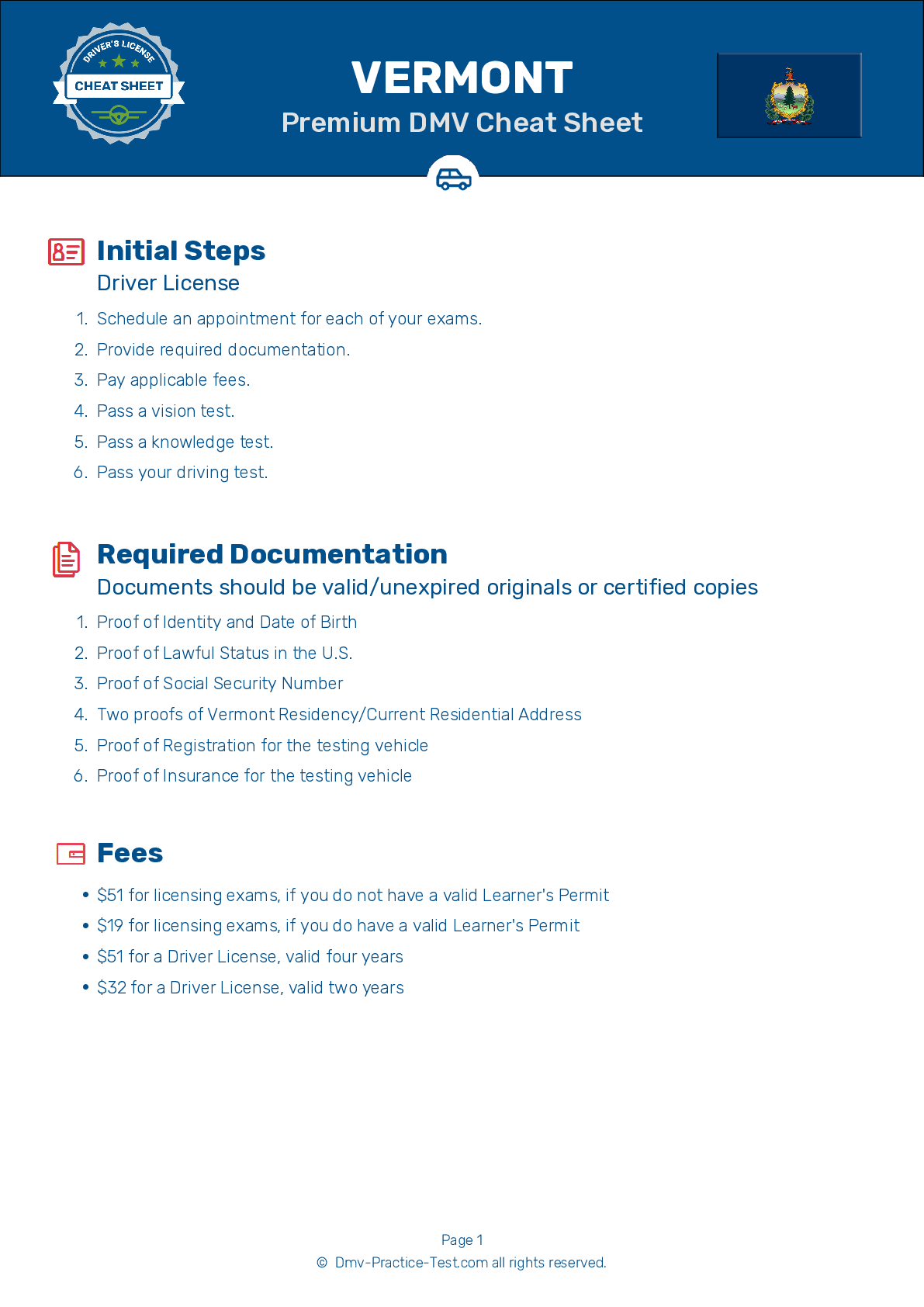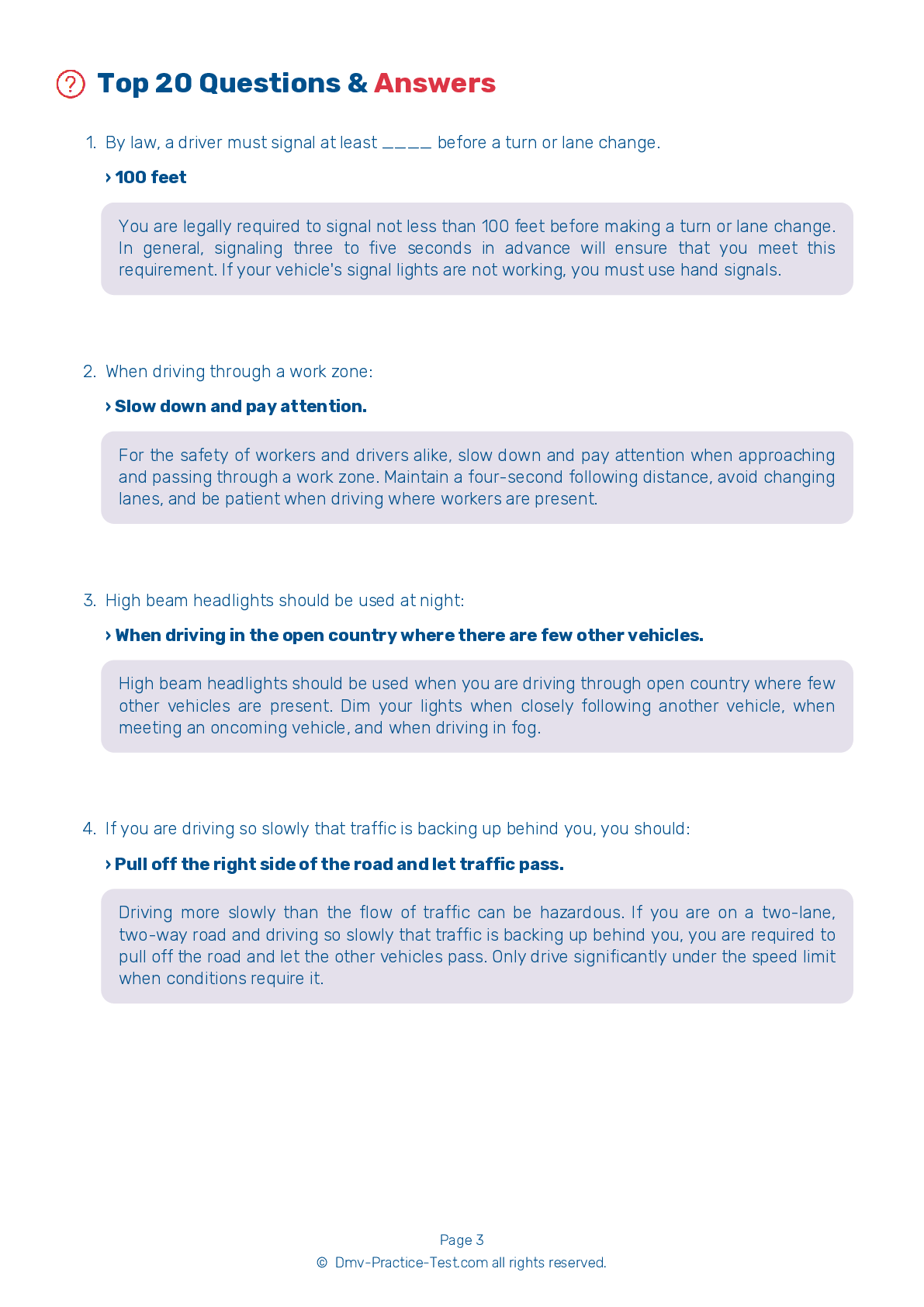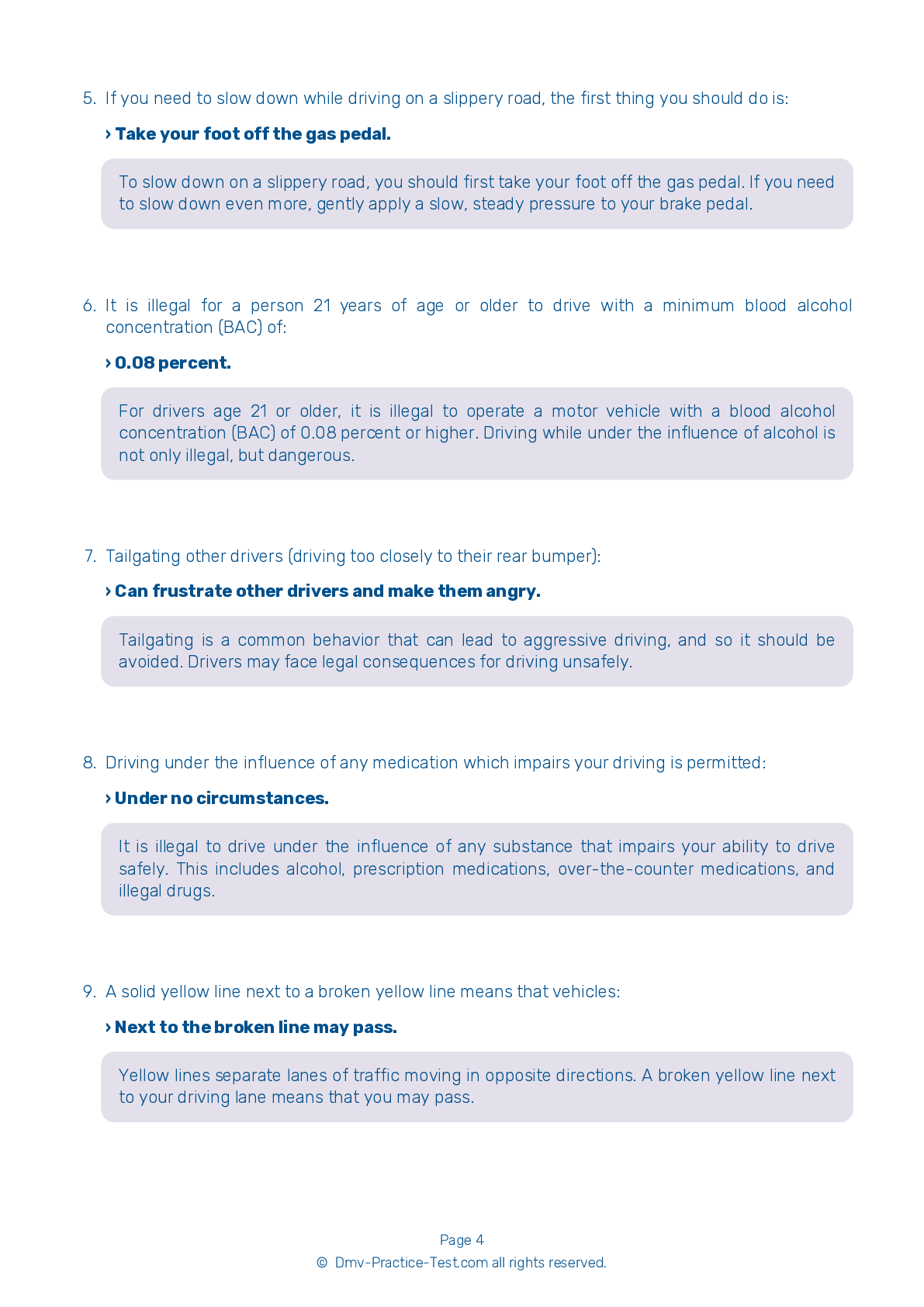FREE Vermont DMV Practice Test #4 Page 2 of 3
The Vermont DMV practise examinations have been updated for January 2025. It includes questions based on the Vermont Driver Handbook's most significant traffic signals and legislation for 2025. Use actual questions that are very similar (often identical!) to the DMV driving permit test and driver's licence exam to study for the DMV driving permit test and driver's licence exam.
On the practise exam, each question gets a tip and explanation to help you remember the concepts. The written component of the official Vermont DMV test will include questions about traffic rules, traffic signs, and driving statutes, as well as knowledge from the Driver Handbook.
To obtain a passing grade, you must correctly answer 16 of the 20 questions. Use the practise exam provided by the Vermont Department of Motor Vehicles to help you prepare for your instruction permit or driver's licence.
The DMV exam is available in several languages.
Using any kind of testing assistance will result in an automatic fail, and the DMV may take additional action against your driver's licence, so stay away from it.
7 . If you are turning onto a street with more than one lane traveling in your direction, you should:
When turning onto a street with more than one lane moving in the direction that you are traveling, turn into the lane that is closest to your previous lane. Do not change lanes when turning.
8 . Which of the following is true?
The law requires that your headlights be turned on a half hour after sunset until a half hour before sunrise. To help other drivers to see you, the best practice is to always drive with your low beam headlights on, even during the day. Always use your low beam headlights when driving in weather that decreases visibility.
9 . A fully loaded tractor-trailer traveling at 55 mph could take up to ____ to come to a complete stop.
Tractor-trailers take longer distances to stop than smaller cars traveling at the same speed. A fully loaded tractor-trailer may take almost 400 feet to come to a complete stop when driving at 55 mph.
10 . This sign means:
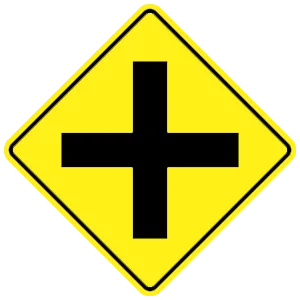
This sign warns of the presence of a crossroad ahead.
11 . A good rule to remember for passing is:
Each time you pass another vehicle, there is an increased chance for a collision. If you are moving faster than surrounding traffic, you will have to continue passing others. Drive with the flow of traffic, within the legal speed limit, and pass only as needed.
12 . If your turn signals fail, you should use ____ to indicate that you are turning.
If your vehicle's turn signals do not work, you should use hand signals to indicate when you intend to change direction.
13 . The driver's left arm and hand are extended downward. This hand signal means that the driver plans to:
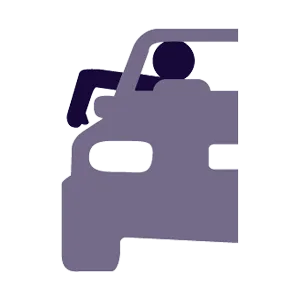
If a driver's left arm and hand are extended downward, they are indicating that they intend to stop. Adjust your driving accordingly if following a driver who is using this hand signal.
2025 Vermont | Frequently Asked Questions
1. Not checking mirrors and blind spots before changing lanes or turning.
2. Speeding or driving too slowly for the conditions or posted speed limit.
3. Not coming to a complete stop at stop signs or red lights.
4. Incorrect signalling or not signalling at all.
5. Poor parking, especially parallel parking.
Remember, practice makes perfect, so take time to hone your skills.
